
Create a Yearly Calendar for Your Succulent Propagation Strategy
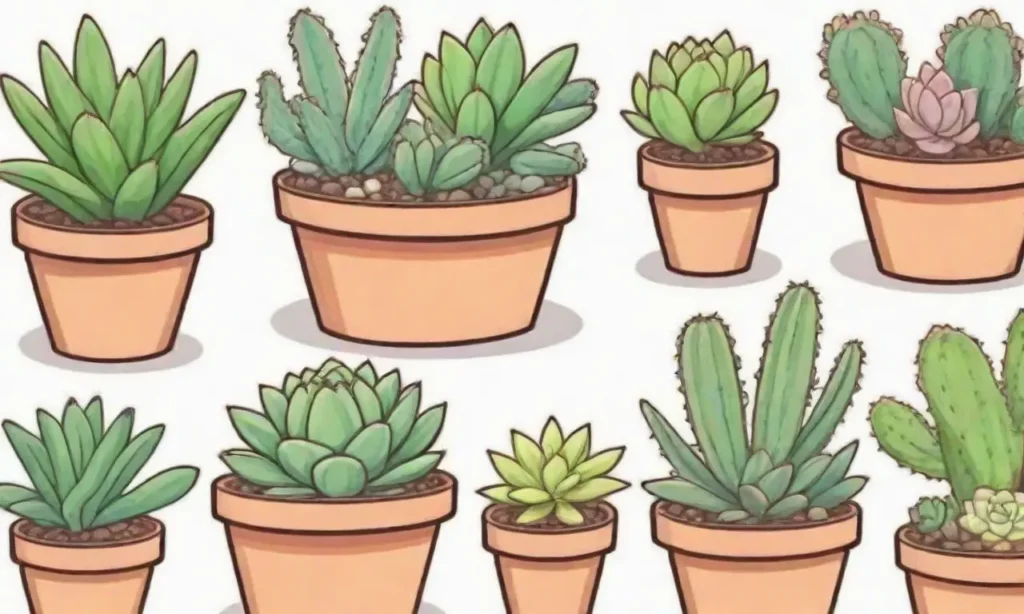
Introduction
Succulent propagation is more than just a trend; it’s a fulfilling hobby and a practical approach to plant care. Succulents are renowned for their hardiness, unique aesthetics, and minimal water requirements, making them perfect for both novice and seasoned gardeners. However, to maximize your success in growing these delightful plants, a well-structured propagation strategy can make all the difference. This article aims to guide you in creating a yearly calendar that outlines the best practices and timelines for propagating succulents.
In this article, we will explore the essentials of succulent propagation, including the various propagation methods, the best times to propagate, and the specific care each succulent type needs throughout the year. By the end, readers will have a clear, actionable calendar to follow that aligns with their succulent propagation goals.
Understanding Succulent Propagation
Succulent propagation refers to the process of creating new plants from existing ones through various methods. The most common techniques include leaf cuttings, stem cuttings, offsets, and seeds. Each method has its own advantages and challenges, and understanding these will enhance your propagation efforts.
Leaf Cuttings
Leaf cuttings are one of the easiest methods for propagating succulents and are well-suited for beginners. Select a healthy leaf from the parent plant, making sure it is plump and free of disease. Gently twist the leaf off to avoid damaging the stem; a clean cut is vital. Allow the leaf to dry for a few days until the wound calluses over. This step is crucial as it prevents rot when you place the leaf on soil.
Next, prepare a well-draining soil mix, ideally one designed for cacti or succulents. Place the calloused leaf on top of the soil, ensuring that it is not buried. Water the soil sparingly, as excess moisture can lead to failure. Over time, new plantlets will emerge from the base of the leaf. When the plantlets are big enough and have developed roots, they can be transplanted into their own pots.
Stem Cuttings
For succulents with thick stems, such as Echeveria or Sedum, stem cuttings are an effective propagation method. Similar to leaf cuttings, you start by taking a clean cutting from the parent plant. Again, ensure the cutting is healthy and devoid of any imperfections. After cutting, you’ll want to allow the cut surface to callus over for several days, following the same principle as with leaf cuttings.
Once the cutting has dried, prepare a pot with well-draining soil and plant the cutting a few inches deep. Water it lightly, and place it in a warm, bright area. Over several weeks, new roots should begin to develop, leading to healthy growth. Be sure to monitor your cutting’s hydration, offering water only when the soil feels dry to the touch.
 Adapting Propagation Techniques to Seasonal Changes in Succulents
Adapting Propagation Techniques to Seasonal Changes in SucculentsOffsets and Seeds
Some succulents, like Haworthia and Aloe, produce offsets, or "pups," that can easily be separated from the parent plant. To propagate through offsets, gently remove them when they are at least a few inches tall. Be careful not to sever the roots attached to the offset—this will go a long way in ensuring successful establishment in the new pot.
For succulent seeds, you’ll need to sow them in well-draining soil mix. Water lightly and place in a warm area with indirect light. Seed propagation tends to take longer and requires patience, but with the right conditions, you'll eventually see little sprouts breaking through.
Monthly Breakdown of Your Propagation Calendar
Creating a yearly propagation calendar involves recognizing the best times of the year for the various propagation techniques. Below, we've broken down the months and tasks specific to each quarter.
Winter: Preparing for Propagation
January to February: The start of the year is typically a dormant phase for most succulents. However, it's a great time to prepare for propagation. This is when you can plan which succulents you want to propagate based on their health and vigor. Utilize this time to gather supplies such as soil, pots, and tools needed for cutting.
February: As we transition into late winter, it's an ideal time to inspect your existing plants for offsets that can be removed. Ensure that the parent plant is healthy and adjust light conditions to give it enough light during these shorter days.
March: Begin propagating through leaf and stem cuttings, especially if temperatures start to rise. A little heat can stimulate growth. Providing extra warmth via grow lights can also help if natural light is limited. Remember to keep humidity low to avoid rot during this time.
Spring: The Peak Season for Propagation
April to May: Spring is arguably the most prolific time for succulent propagation. With longer daylight hours and rising temperatures, it's when most types can be propagated effectively. This is also the ideal time to propagate seed types of popular succulents, as they thrive in warmth and sunlight. Fork your attention to provide adequate spacing for new plants as they begin to grow.
 Propagating Succulents Across Different Zones: A Timing Guide
Propagating Succulents Across Different Zones: A Timing GuideMay: With the increase in humidity in many areas, be vigilant against pests and diseases that love to thrive in warmer weather. This might be the time to take additional stem cuttings and watch your rooted cuttings carefully as they grow more actively in this season.
June: Continue to monitor your little succulents as they establish their root systems. Maintain a light watering routine while ensuring they get plenty of sunlight. This is generally the last month you can propagate most types before the heat becomes too intense.
Summer to Fall: Transition and Stabilization
July to August: With the heat at its peak, take care not to overwater succulents during these hotter months. If you notice your new propagations are wilting or turning brown, cut back on water and provide shade during the hottest part of the day. This is also a good time to pot up any succulents that may have outgrown their containers.
September: As temperatures start to cool, you can reflect on your profits from propagation. This month is suitable for propagating any remaining offsets and checking on existing plants. Make sure that your plants are in their respective conditions now that summer has ended.
October to November: Begin preparing for winter conditions, as temperatures can drop drastically. If you are in a cooler climate, consider moving your plants indoors before frost hits. This time is also ideal for preparing succulent seeds for planting in spring, allowing them to naturally stratify during the winter months.
Conclusion

Creating a yearly calendar for your succulent propagation strategy involves understanding not only the different methods available but also when is the best time for each technique. By mapping out a propagation schedule, you can engage more effectively with your succulent hobby while ensuring a steady growth of healthy plants year-round.
 Understanding Growth Hormones in Propagation Timing for Succulents
Understanding Growth Hormones in Propagation Timing for SucculentsEach season brings unique challenges and opportunities in propagation. By taking meticulous care during the dormant winter months, capitalizing on the dynamic spring planting season, managing heat during the summer, and preparing for the cooler fall months, you can set the stage for a thriving succulent garden.
Ultimately, propagation is a fulfilling journey that fosters patience and learning. As you conquer each stage of this yearly calendar and witness the beauty of new life, you will find the entire process immensely rewarding. Embrace this calendar as a guide, but also allow flexibility to adapt to specific needs of your plants and environment to achieve the best results in your succulent propagation endeavors. Happy propagating!
If you want to read more articles similar to Create a Yearly Calendar for Your Succulent Propagation Strategy, you can visit the Propagation Timing category.

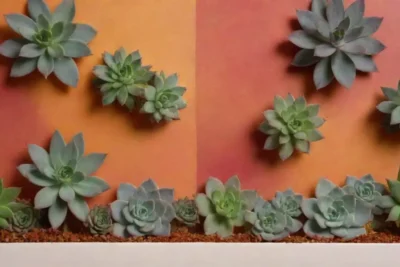
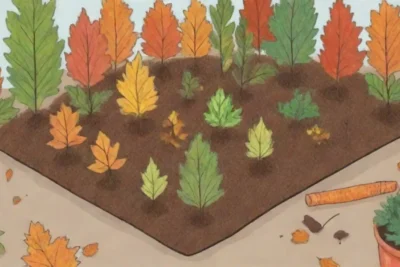
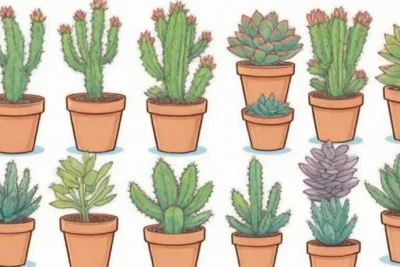
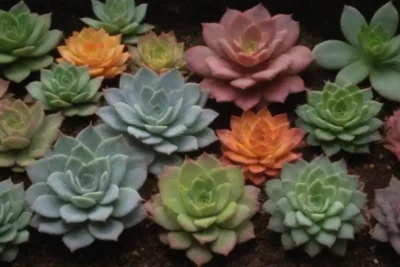

You Must Read